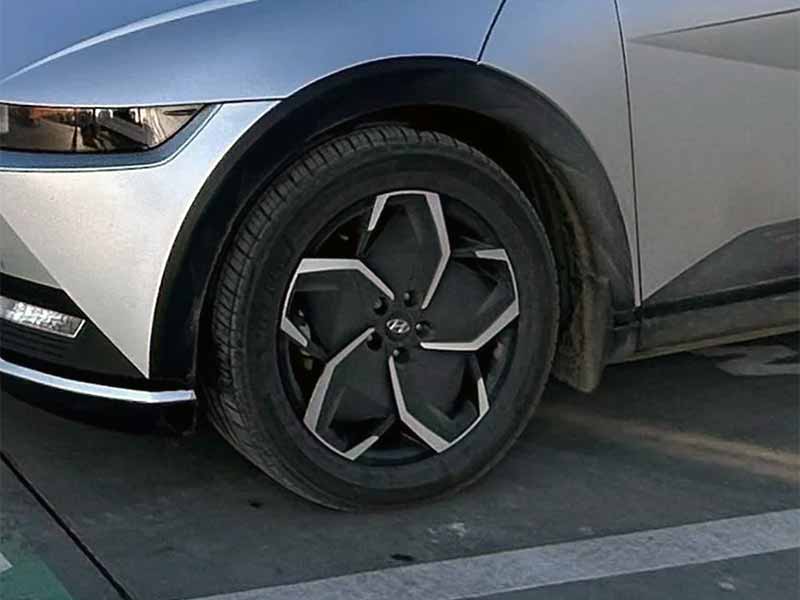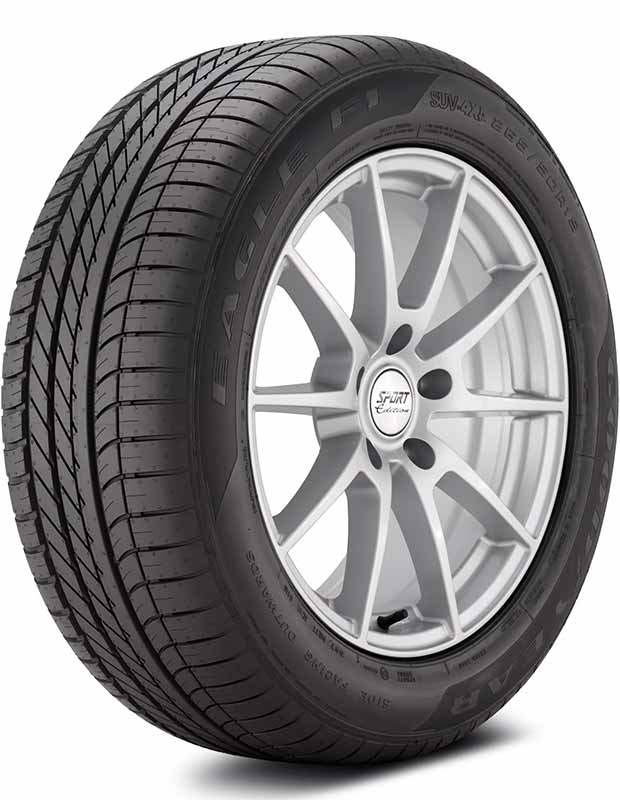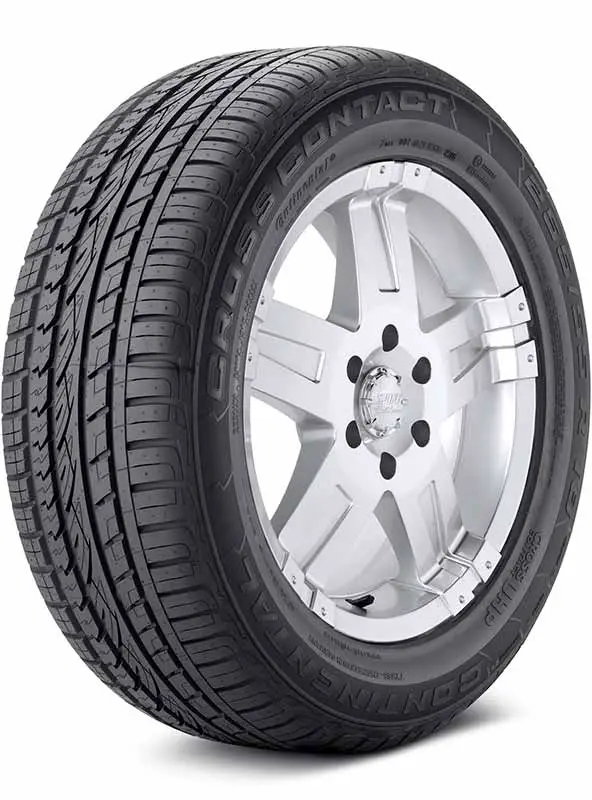Have you ever wondered why electric cars, with their cutting-edge technology and eco-friendly promise, roll on wheels that seem… well, different? If you’re intrigued by what sets these wheels apart, you’re not alone.
Why Do Electric Cars Have Different Wheels?
Electric car wheels are different primarily because they need to be more aerodynamic to help maximize range. They are also designed to reduce wind and road noise which is more noticeable in quiet EVs.
They must also handle the immediate torque delivery characteristic of electric motors and weight of the heavy battery packs.
In this article, we’ll explore the distinctive features of electric car wheels, understanding their design, the impact of weight, the role of aerodynamics, noise reduction considerations, how they handle torque, and their durability and maintenance needs.
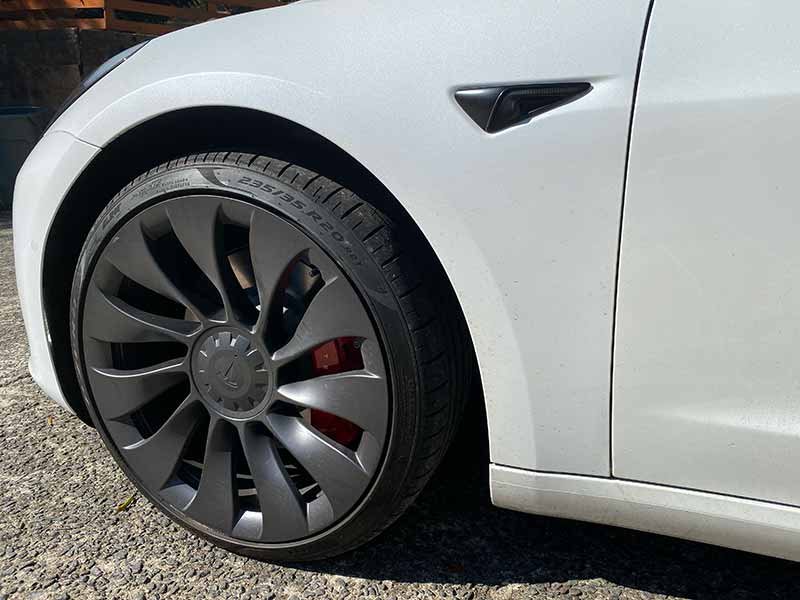
Aerodynamic Design for Maximum Range
In the world of electric vehicles (EVs), every component plays a role in maximizing efficiency and range, and wheels are no exception. The aerodynamic design of EV wheels is a critical factor that significantly contributes to the overall performance of these futuristic vehicles.
The Importance of Aerodynamics in Wheel Design
- Reduced Air Resistance: EV wheels are often designed with sleek, streamlined profiles. This reduced air resistance leads to less drag, a crucial factor for enhancing range.
- Energy Efficiency: The less energy an EV expends overcoming air resistance, the more efficiently it can use its battery power. Efficient wheel aerodynamics directly translates to extended driving range.
Key Features of Aerodynamic EV Wheels
- Smooth Surfaces and Fewer Spokes: Unlike traditional wheels, EV wheels often have smoother surfaces and fewer spokes. This design minimizes air turbulence around the wheels.
- Wheel Covers and Inserts: Some EVs employ wheel covers or inserts that further streamline the wheel’s profile, cutting down on drag even more.
How Aerodynamic Wheels Boost EV Performance
- Increased Range: By reducing drag, aerodynamic wheels help EVs travel farther on a single charge, a vital consideration for electric mobility.
- Improved Energy Usage: These wheels contribute to a vehicle’s overall energy efficiency, ensuring that the power stored in the battery is used as effectively as possible.
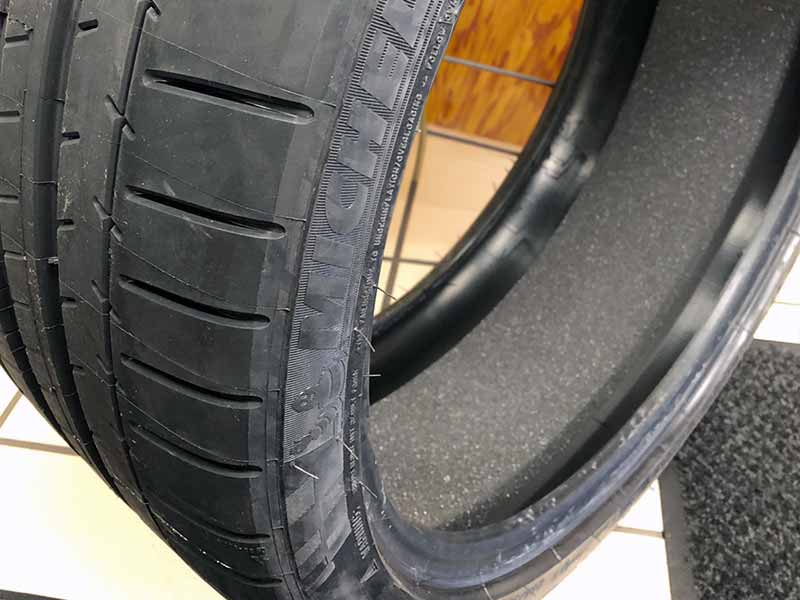
Noise Reduction in Electric Vehicles
The serene quietness of electric vehicles (EVs) is one of their most celebrated features. But with the engine hum gone, other noises, particularly those from the wheels, become more noticeable. This section delves into how EV wheel design helps in noise reduction, enhancing the tranquil experience of electric driving.
Why Wheel Noise Matters More in EVs
- Accentuated Road Noise: In the absence of a traditional combustion engine, the sounds of the tires rolling on the road surface and air whistling around the wheels become more prominent in EVs.
- Holistic Quiet Experience: The goal of EV design is not just about zero emissions but also about creating a peaceful cabin environment, making wheel noise reduction crucial.
Strategies for Quieter EV Wheels
- Tire Tread Design: The pattern of the tire tread plays a significant role in noise reduction. EV-specific tires often feature unique tread patterns that minimize road noise.
- Material Choices for Damping Noise: Manufacturers use materials in the tire composition that are effective in absorbing sound, thereby reducing the noise that reaches the cabin.
The Impact of Wheel Noise on EV Driving Experience
- Comfortable Rides: Reduced wheel noise leads to a more comfortable and relaxing driving experience, especially on long journeys.
- Driver Concentration: A quieter cabin allows for better concentration, reducing driver fatigue and enhancing overall road safety.
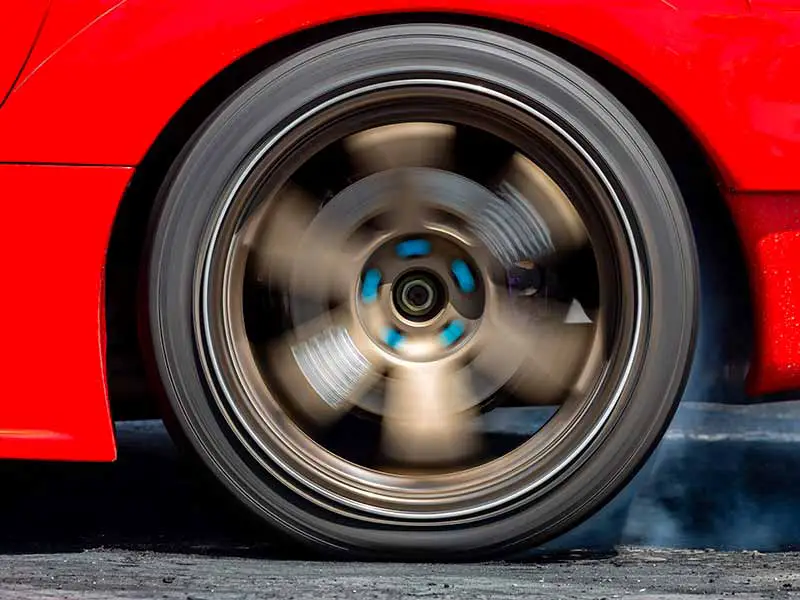
Handling Immediate Torque
Electric vehicles (EVs) are renowned for their instant torque delivery, offering rapid acceleration that’s a joy for many drivers. But this impressive feature puts unique demands on the wheels. Let’s explore how EV wheels are designed to handle this immediate torque and what it means for drivers.
The Challenge of Instant Torque
- Immediate Power Transfer: Unlike combustion engines, electric motors deliver power instantly. This means the wheels must be capable of handling sudden and strong forces.
- Stress on Wheels: The instant torque can exert significant stress on the wheels, necessitating a robust design that can withstand these forces without compromise.
Wheel Design for Torque Management
- Sturdy Construction: EV wheels are often constructed with stronger materials, ensuring they can handle the stress of instant torque without damage.
- Enhanced Traction: It’s not just about strength; the tires must provide enough grip to transfer this torque effectively to the road. EV-specific tires are designed for this purpose, offering enhanced traction to prevent slippage.
Impact on Driving Experience
- Responsive Handling: The ability of the wheels to handle high torque contributes to the EV’s responsive handling and acceleration, enhancing the driving experience.
- Safety Considerations: A wheel design that can manage torque effectively is also a safety feature, ensuring stability and control during rapid acceleration.

Supporting the Weight of Battery Packs
One of the defining features of electric vehicles (EVs) is the heavy battery packs they carry. This additional weight has a significant impact on wheel design. In this section, we’ll look at how EV wheels are adapted to support this weight and what that means for the vehicle’s performance and maintenance.
The Weight Challenge in EVs
- Heavy Battery Packs: EVs carry large, heavy battery packs to store enough energy for a decent driving range. This adds significant weight to the vehicle.
- Impact on Wheels: This extra weight isn’t just a challenge for the vehicle’s structure but also for the wheels, which need to be designed to support it effectively.
Wheel Adaptations for Extra Weight
- Robust Wheel Materials: EV wheels often use materials that are both lightweight and strong, like advanced alloys or composites, to support the extra weight without adding more.
- Reinforced Tire Structures: Tires for EVs are designed with reinforced structures to bear the additional load, ensuring durability and stability.
Implications for Performance and Maintenance
- Stable and Safe Driving: Properly designed wheels for the weight ensure that the EV remains stable and safe, even under the strain of the heavy battery packs.
- Regular Maintenance Checks: The additional weight can lead to faster wear and tear. EV owners should be vigilant in regularly checking their tires and wheels for signs of stress or damage.

Material Innovation in EV Wheel Design
The evolution of electric vehicles (EVs) isn’t just about batteries and motors; it’s also about the innovative materials used in components like wheels. This section delves into the exciting world of material innovation in EV wheel design, exploring how these advancements contribute to the vehicle’s overall performance and efficiency.
Exploring New Frontiers in Materials
- Lightweight Alloys and Composites: Modern EV wheels often use materials such as lightweight alloys or carbon fiber composites. These materials offer strength without the extra weight, crucial for maintaining efficiency.
- Durable and Efficient: These advanced materials are not only durable but also contribute to the vehicle’s efficiency by reducing the overall weight.
Impact on EV Performance
- Enhanced Range: Lighter wheels mean less energy is required to move the vehicle, which can lead to an increased driving range.
- Improved Handling: The use of innovative materials can also improve the vehicle’s handling, making the driving experience more responsive and enjoyable.
Sustainability Considerations
- Eco-friendly Materials: The shift towards materials that are sustainable and have a lower environmental impact is a significant consideration in EV wheel design.
- Lifecycle and Recycling: The entire lifecycle of these materials, including their recyclability, is an important aspect of sustainable vehicle design.
Resources
For further reading and more in-depth information on electric car wheel technology and design, consider exploring these resources:
- asdf
- asdf
Final Thoughts
From handling the extra weight of battery packs to reducing noise and improving aerodynamics, these wheels are a testament to innovative engineering.
Understanding these aspects can enrich your appreciation of electric vehicles and their contribution to a sustainable future.
Good luck and happy motoring.
